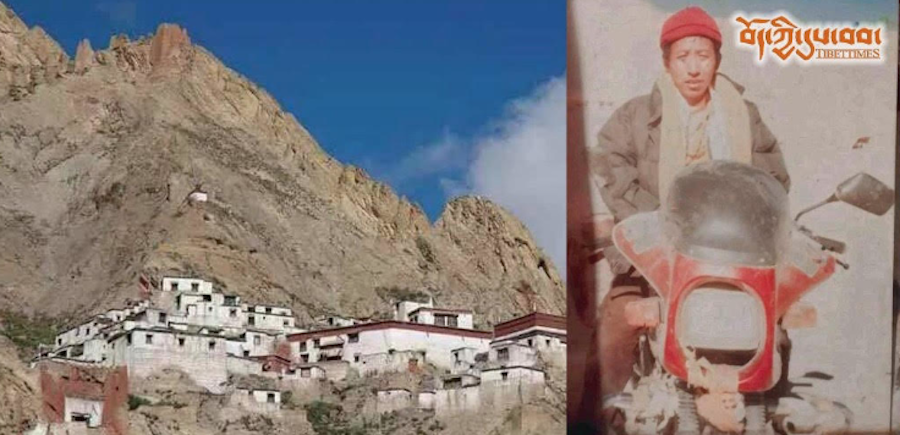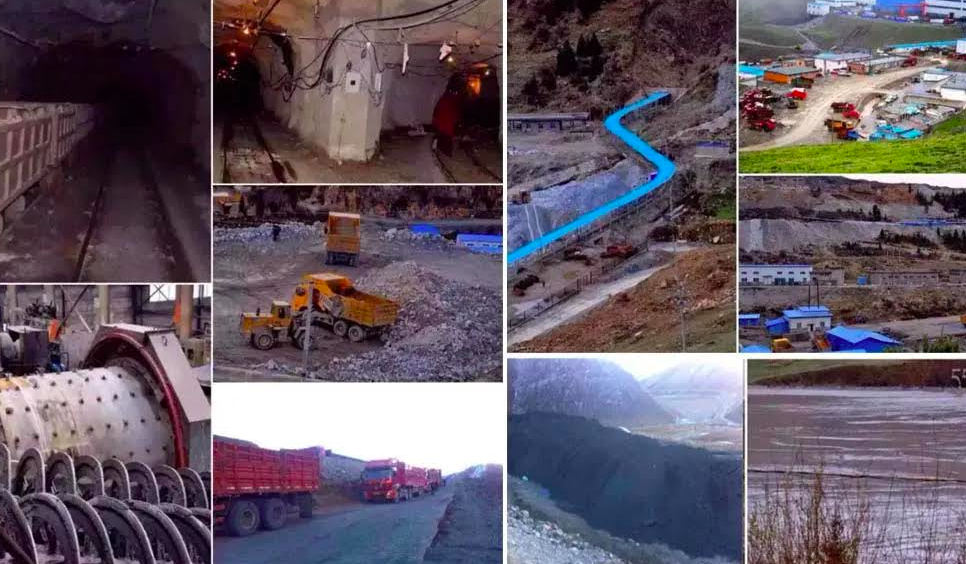By Michael Criswell
Staff Writer
Tashi is serene.
He is also self-confident but lacks the arrogance of many self-confident men. He is compassionate, content with his life and certain of his place in life and his religion.
You can tell by looking into his brown eyes and listening to what he says and how he says it.
Tashi is a master Buddhist of the Tantra, a Buddhist philosophy.
He and four other monks were at the Oklahoma State University Seretean Center on Wednesday constructing a mandala of Avalokiteshvara. Tashi said Avalokiteshvara is “the name of compassion.”
A mandala is what Westerners would call a sand painting.
In the center of the mandala is a lotus flower, the “symbol of the compassionate Buddha.”
Surrounding this were the symbols of four other Buddhas. Tashi said there are five Buddhas.
As Tashi spoke, three other monks busied themselves “painting” the mandala. Beside each man were small bowls holding different colors of sand.
Each monk had a hollow, tapered, metal tube. Down the length of each were a number of scores.
Once the proper color had been selected, the monk placed the appropriate sand inside the tube and bent over the mandala.
When the small end of the tube was in the appropriate place, the monk rubbed the tube with a wooden tool. The resulting vibration caused just the right amount of sand to dribble out.
Tashi and one other monk are from Tibet. The others are from Mongolia.
Even serene, self-confident, compassionate people are not immune to world politics.
Tashi said in “1950 the Chinese Communists came to Tibet and, after 1959, the Chinese Communists ruled all the country.”
Now, 120,000 Tibetans, including Tashi, live in India where they sought refuge.
“There is no free religion or common rights or culture and thousands of Chinese have come to Tibet.” The Chinese have “started to make a train line from China to Tibet. We really worry about that. It is very dangerous to make more Chinese than Tibetans in Tibet.”
A similar situation is developing in Mongolia.
As intricate and beautiful as the completed mandala will be, its existence will be short. It will be destroyed Friday.
Tashi said one of the main meditation concerns is “impermanence.” Men are born, they get old and die, “then nothing.”
The mandala is symbolic of this cycle. “It is being born, it looks very good, gets old and dies.”
Friday, an hour-long ceremony for the dissolution of the mandala of Avalokiteshvara will be held. If desired, you may receive some of the sand as a blessing.
Tashi said the “blessing is to give” the recipient a “quick and favorable rebirth the next go around or to facilitate a rebirth in a Pureland and not Samsara.”
After the ceremony, everyone will walk to Theta Pond where the remaining sand will be placed in the water.
Tashi said as the sand is put in the water, it “changes from sand to jewels and the gods in the water try to do something good for this country and especially this area, try to make peace.”
The ceremony begins at 5:30 p.m. at the Seretean Center.









